Teruhiro Yanagihara creates terroir-inspired interiors for new restaurant Sower in Japan
Sower, the new Japanese restaurant on Lake Biwa, features a minimalist design and a material palette inspired by its surroundings
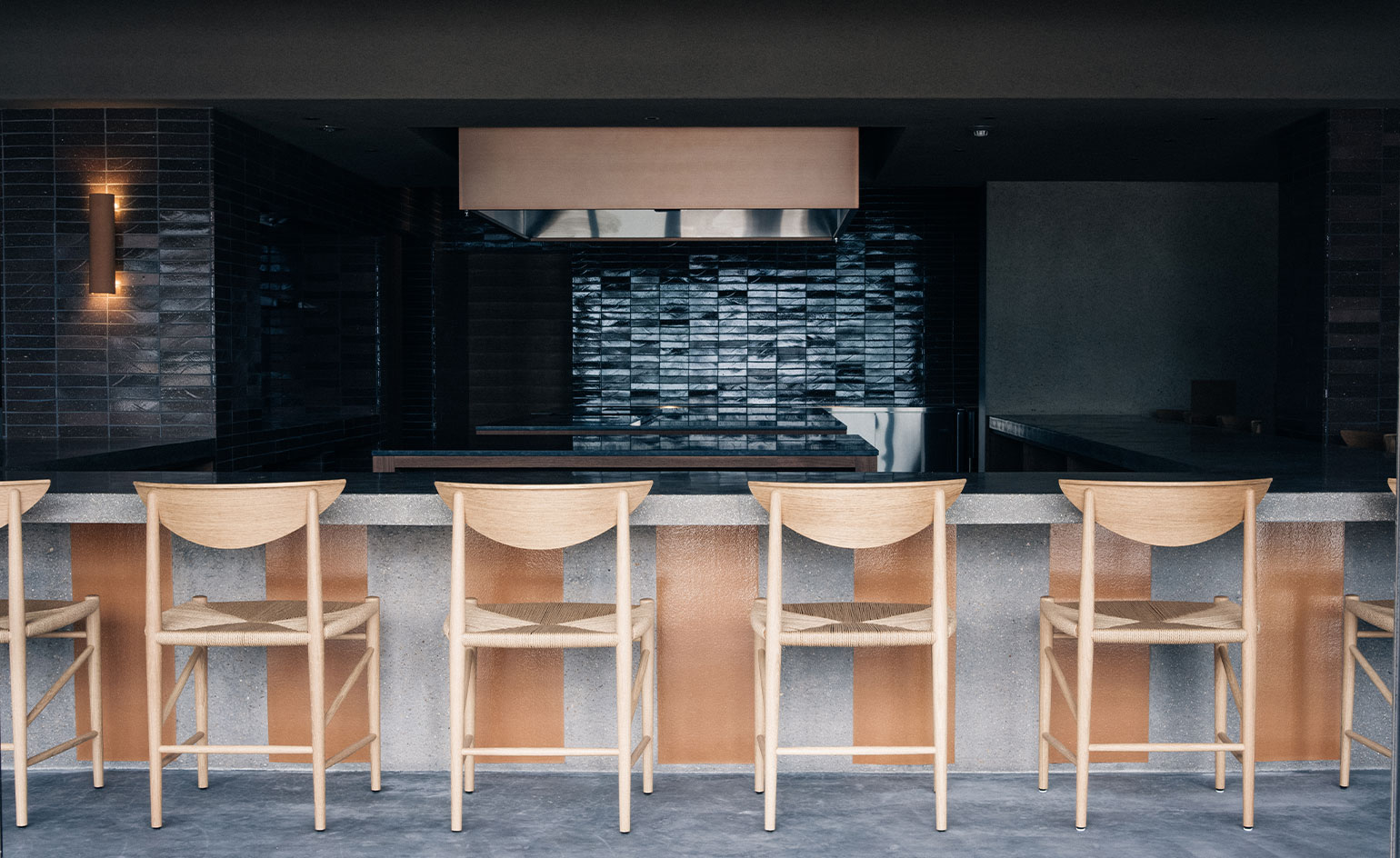
Max Houtzager - Photography
Straw, pearl shells, river stones, clay. A cornucopia of natural materials sourced from the landscape define the interiors of the new Sower restaurant in rural Japan, overlooking the serene waters of Lake Biwa in the mountainous Shiga Prefecture.
The Japanese restaurant was designed by Teruhiro Yanagihara Studio, which carefully applied the concept of ‘terroir’ to the interior, tempering the warm textures of natural materials with clean, minimalist lines and contemporary metal accents. The design smoothly complements the culinary innovations of US chef Coleman Griffin (formerly of Tokyo’s Inua restaurant), who offers a creative, modern take on the region’s rich seasonal produce, and its heritage as the birthplace of Japan’s fermentation culture.
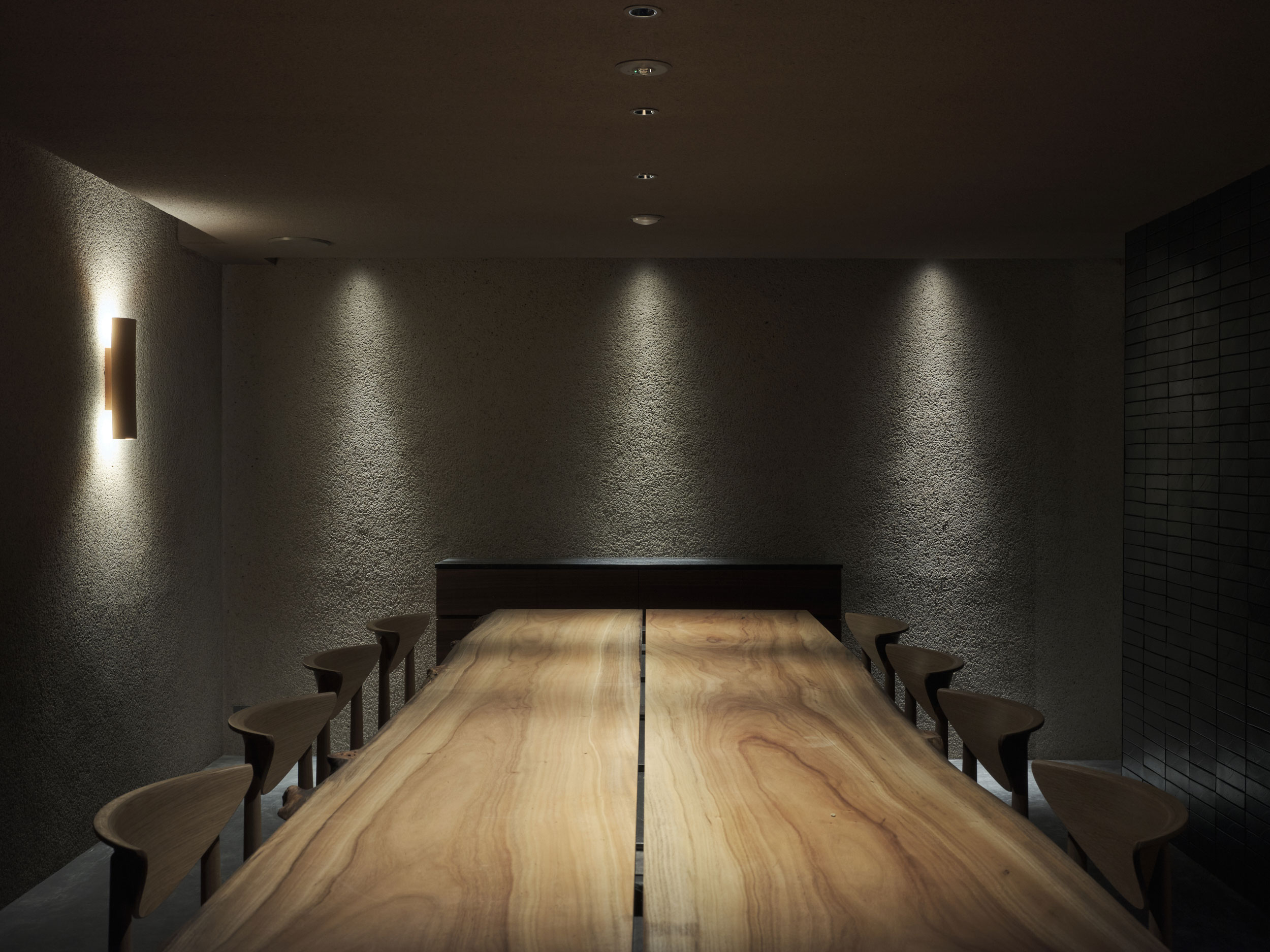
And so the rugged natural Shiga landscape is the main protagonist throughout, from the textures of the plaster walls, the surface of the stone counters and the deep water shades of the ceramic glazes, right down to the contents of the plates.
‘I thought it was very important to design a restaurant that is connected to the landscape around it,’ says Teruhiro Yanagihara, who has studios in Osaka and Arles, France, and serves as creative director and designer at 1616/Arita Japan. ‘Similar to the food served at the restaurant, the space was created using soil, stones and plants from the surrounding Shiga region. We worked closely with craftsmen to create the best use of these materials.’
The restaurant, located in the grounds of Lake Biwa’s L’Hotel du Lac, is accessed via large doors, made from assamela wood, with clean-lined copper handles and ceramic inserts. These lead to a bar area where walls and ceilings have been swathed in textured sakan plaster by artisan Saito Arato, who created an organic fusion of Shigaraki clay, straw and small stones from a local river, while a smooth floor of local soil and cement is awash with dark Bengala mud dye. The bar counter, likewise, contains an organic microcosm of Shiga’s landscape, its smooth terrazzo-style surface showcasing a polished mix of river stones in white cement and natural ceramic clay.
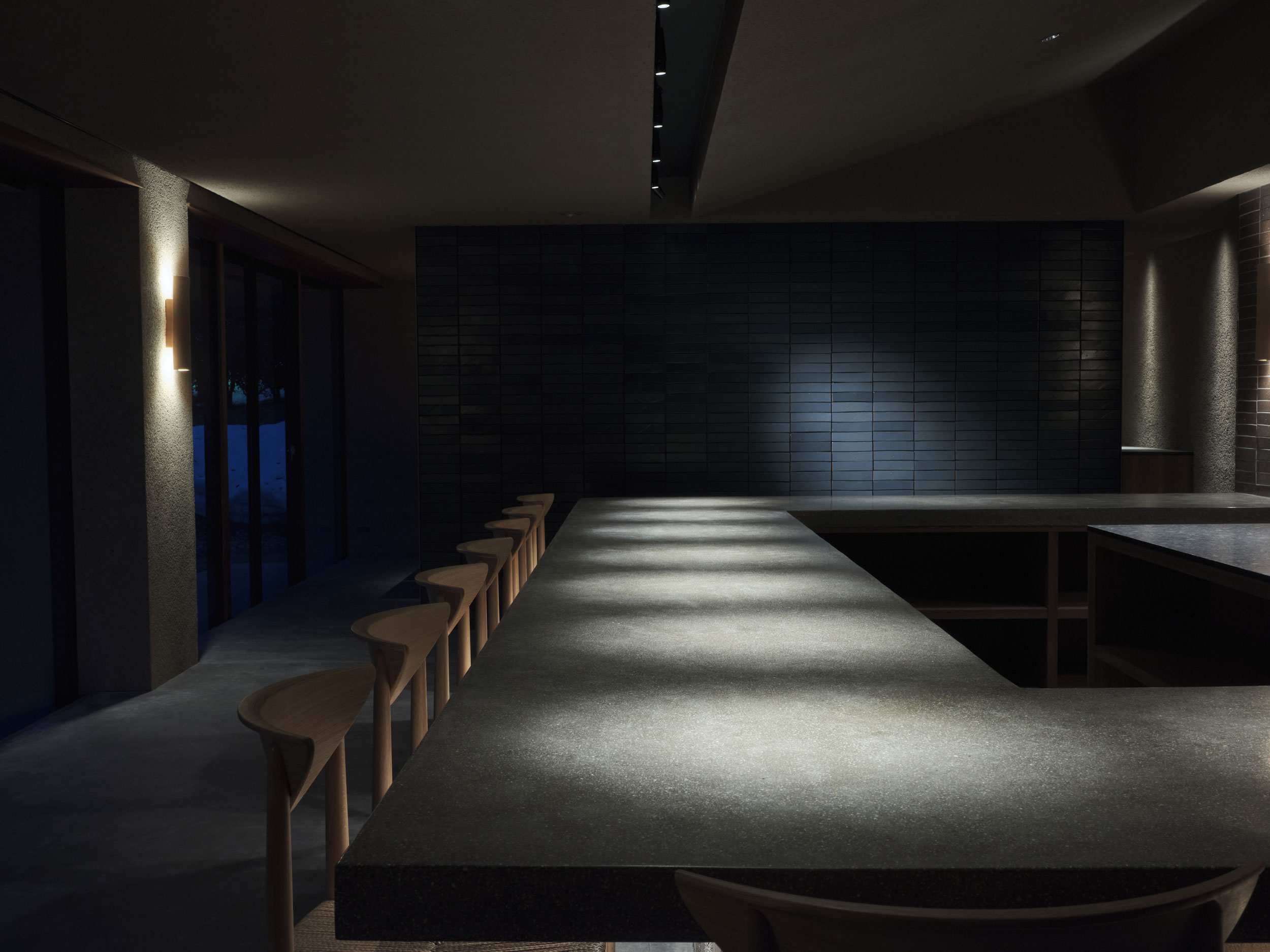
Acclaimed Shiga-based contemporary ceramics studio Nota & Design crafted expanses of vertical tile panels with a light milky white glaze using powdered waste pearl shells from Lake Biwa, set into both the counter sides and plaster walls.
Meanwhile, bar stools showcase curved oak staves expertly handcrafted by Hiroshima-based Sasimonokagu Takahashi, brass footrests, and soft semicircular seats topped with a warm grey textile from Kvadrat’s Yanagihara-designed Haku collection.
Wallpaper* Newsletter
Receive our daily digest of inspiration, escapism and design stories from around the world direct to your inbox.
The angular space flows around a corner into the main restaurant area, where the earth-inspired palette, natural materials and clean-lined aesthetic continue. Here, another large terrazzo-style counter wraps around an open kitchen, next to a wall of Nota-designed tiles in a deep watery shade called Biwako Blue. Meanwhile, the minimalist tubular lines of unglazed Shigaraki clay, also by Nota, hang on walls, transformed into atmospheric light fixtures by the Nara-based New Light Pottery.
Guests also dine at circular Japanese ash tables with oxidised black legs, accompanied by oak chairs with woven cord seats by Danish brand &Tradition, reflecting the tangible connection Yanagihara sensed between the landscapes of Scandinavia and Lake Biwa.
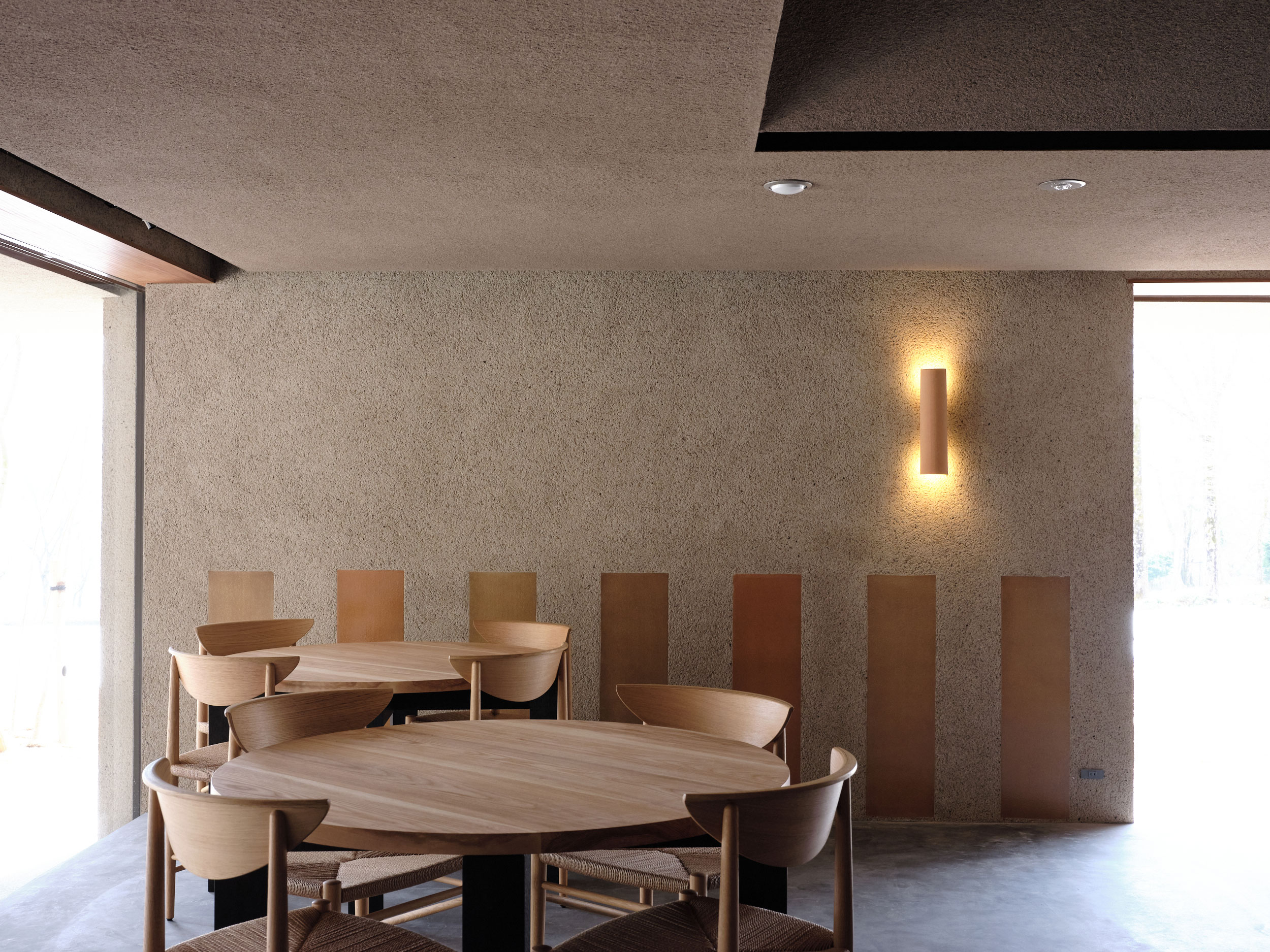
Sharp hints of light-catching copper along parts of the walls temper the natural materials, while in an intimate private dining room, an organic expanse of camphor wood forms a tabletop centrepiece, sitting atop a burnt and polished base of the same wood.
Griffin prepares a bold and imaginative visual feast, with ingredients sourced from the surrounding land and waters. Launch highlights include shrimp and yam donuts; deer, pickled strawberries, and smoked and dried tomatoes; and burnt fig wood ice cream, all served on ceramics by both Nota and 2016/Arita Japan, alongside original knives crafted by Ryusen Hamono.
And just like the nature that surrounds it, the space will continue to evolve. ‘It’s like the architecture of a shrine or a tearoom,’ says Yanagihara. ‘As the earthen walls and the woodwork are exposed to wind and sunlight, their beauty will deepen with time.’
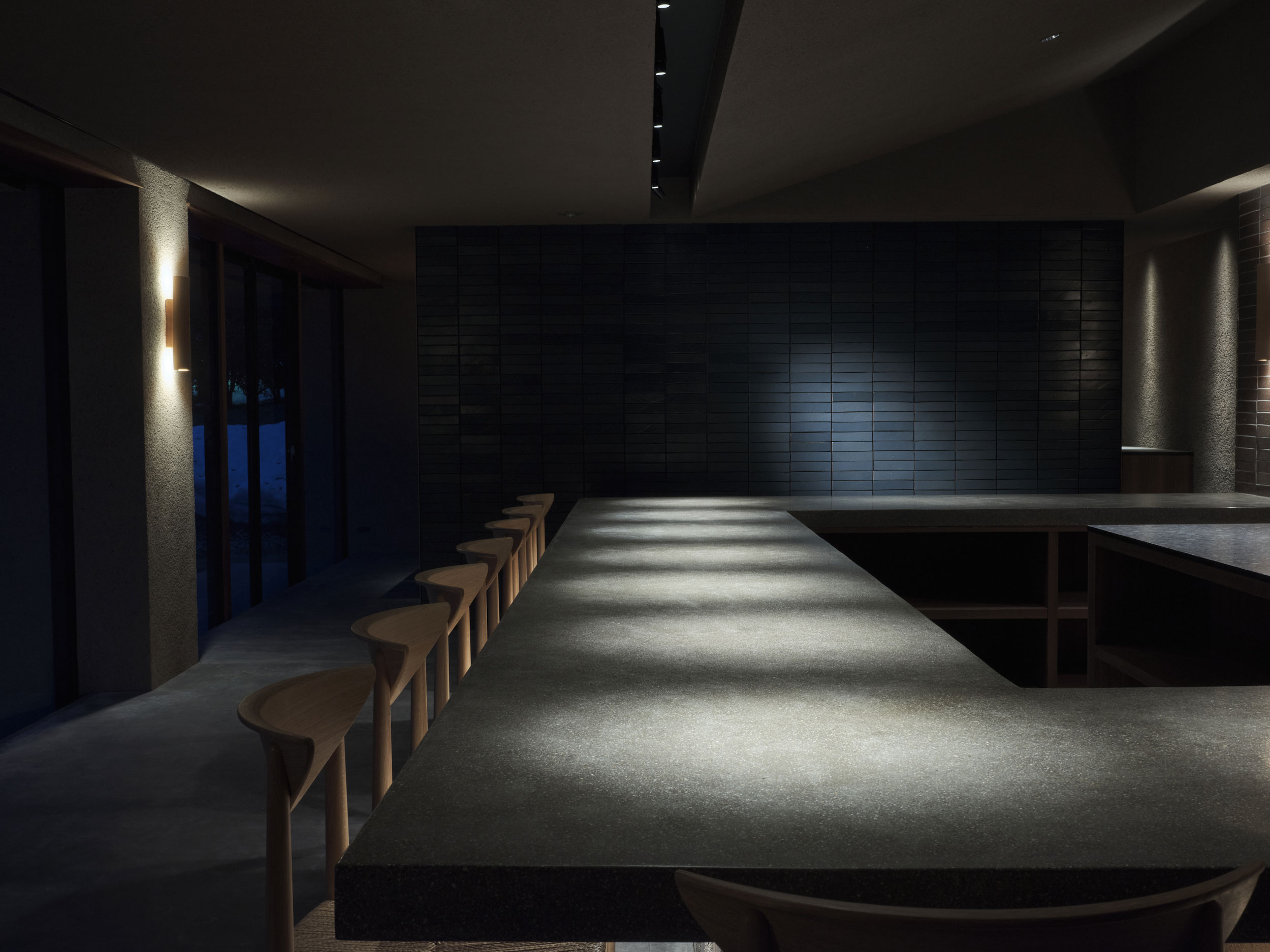
INFORMATION
Danielle Demetriou is a British writer and editor who moved from London to Japan in 2007. She writes about design, architecture and culture (for newspapers, magazines and books) and lives in an old machiya townhouse in Kyoto.
Instagram - @danielleinjapan
-
 Australian bathhouse ‘About Time’ bridges softness and brutalism
Australian bathhouse ‘About Time’ bridges softness and brutalism‘About Time’, an Australian bathhouse designed by Goss Studio, balances brutalist architecture and the softness of natural patina in a Japanese-inspired wellness hub
By Ellie Stathaki
-
 Marylebone restaurant Nina turns up the volume on Italian dining
Marylebone restaurant Nina turns up the volume on Italian diningAt Nina, don’t expect a view of the Amalfi Coast. Do expect pasta, leopard print and industrial chic
By Sofia de la Cruz
-
 Tour the wonderful homes of ‘Casa Mexicana’, an ode to residential architecture in Mexico
Tour the wonderful homes of ‘Casa Mexicana’, an ode to residential architecture in Mexico‘Casa Mexicana’ is a new book celebrating the country’s residential architecture, highlighting its influence across the world
By Ellie Stathaki
-
 A new book captures the kitschy allure of Japanese ‘love hotels’
A new book captures the kitschy allure of Japanese ‘love hotels’For his latest project, French photographer François Prost documents the whimsical façades that characterise these erotic roadside venues.
By Sofia de la Cruz
-
 All aboard the world’s most luxurious train journeys
All aboard the world’s most luxurious train journeysStay on track with our pick of the most luxurious train journeys around the world, whether in 1920s-style opulence or contemporary chic
By Tianna Williams
-
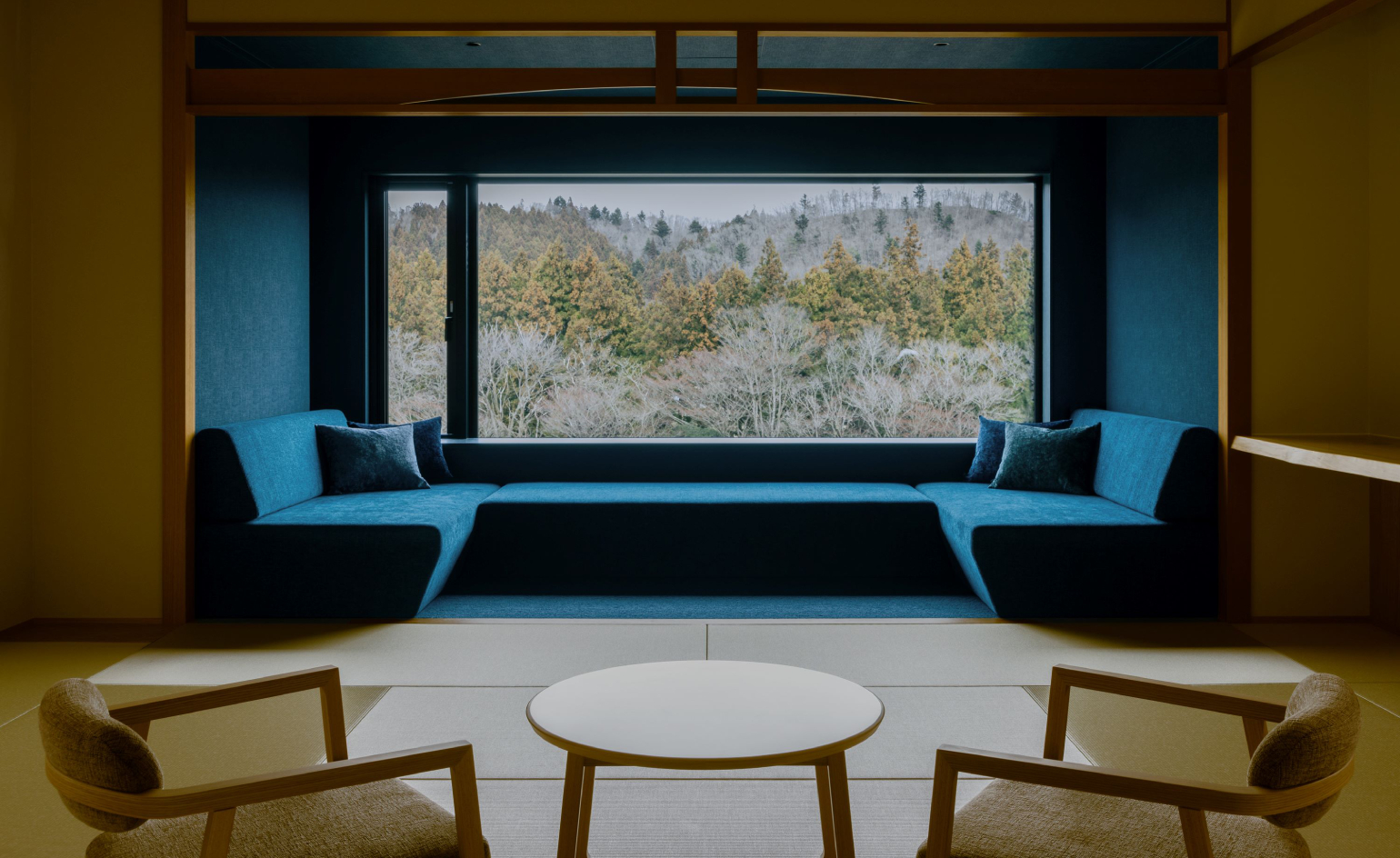 Wallpaper* checks in at Hoshino Resorts KAI Akiu: a soothing onsen hotel
Wallpaper* checks in at Hoshino Resorts KAI Akiu: a soothing onsen hotelIn Japan’s bucolic northeast, Hoshino Resorts KAI Akiu breathes new life into a sleepy hot spring village without betraying its ancient roots
By Eric Millman
-
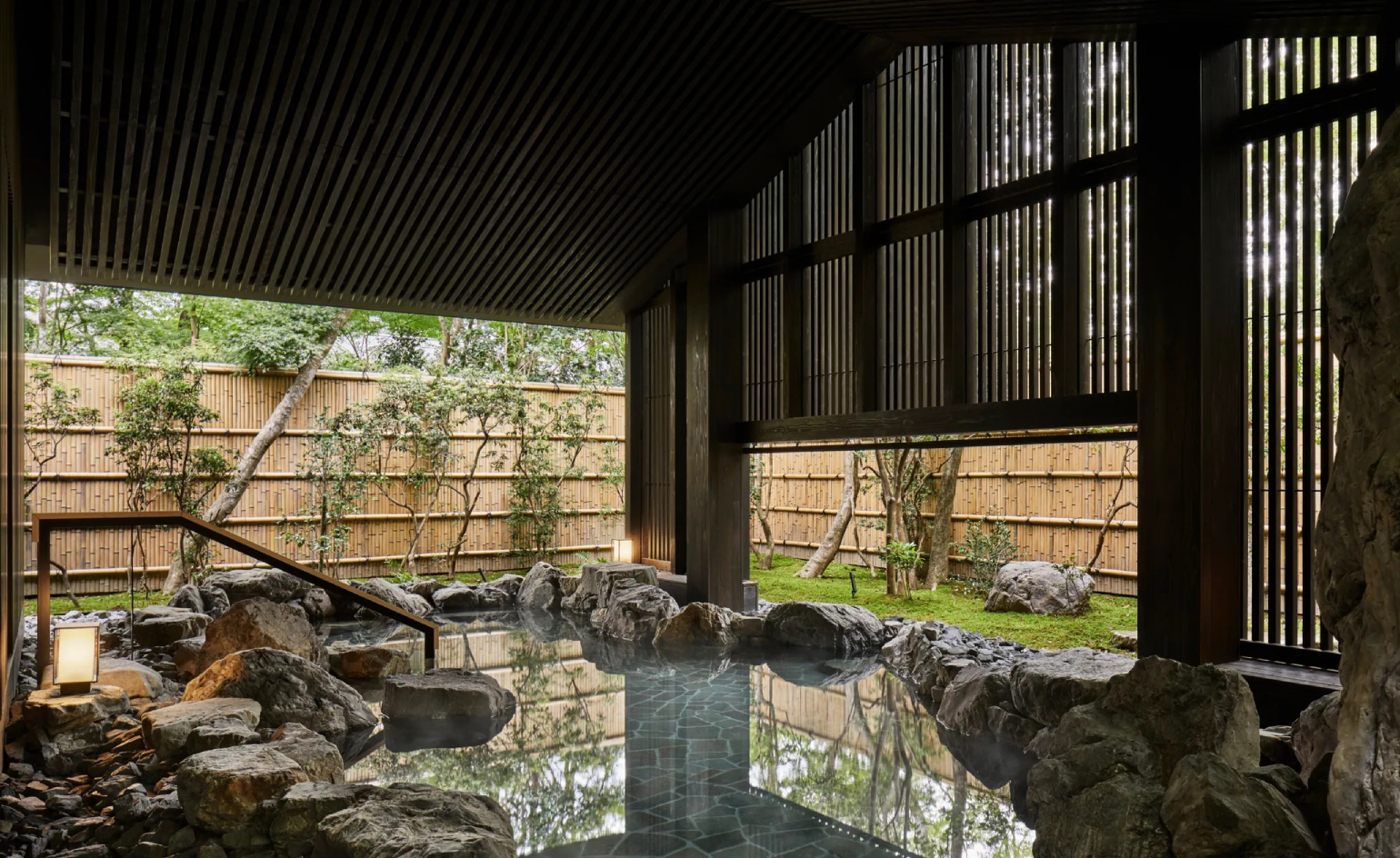 Shake off the winter chill at these design-led onsen hotels in Japan
Shake off the winter chill at these design-led onsen hotels in JapanWhether you’re heading to the mountains of Hokkaido or the alleys of Kyoto’s Gion district, these immaculately designed onsen hotels will keep the shivers at bay
By Jen Paolini
-
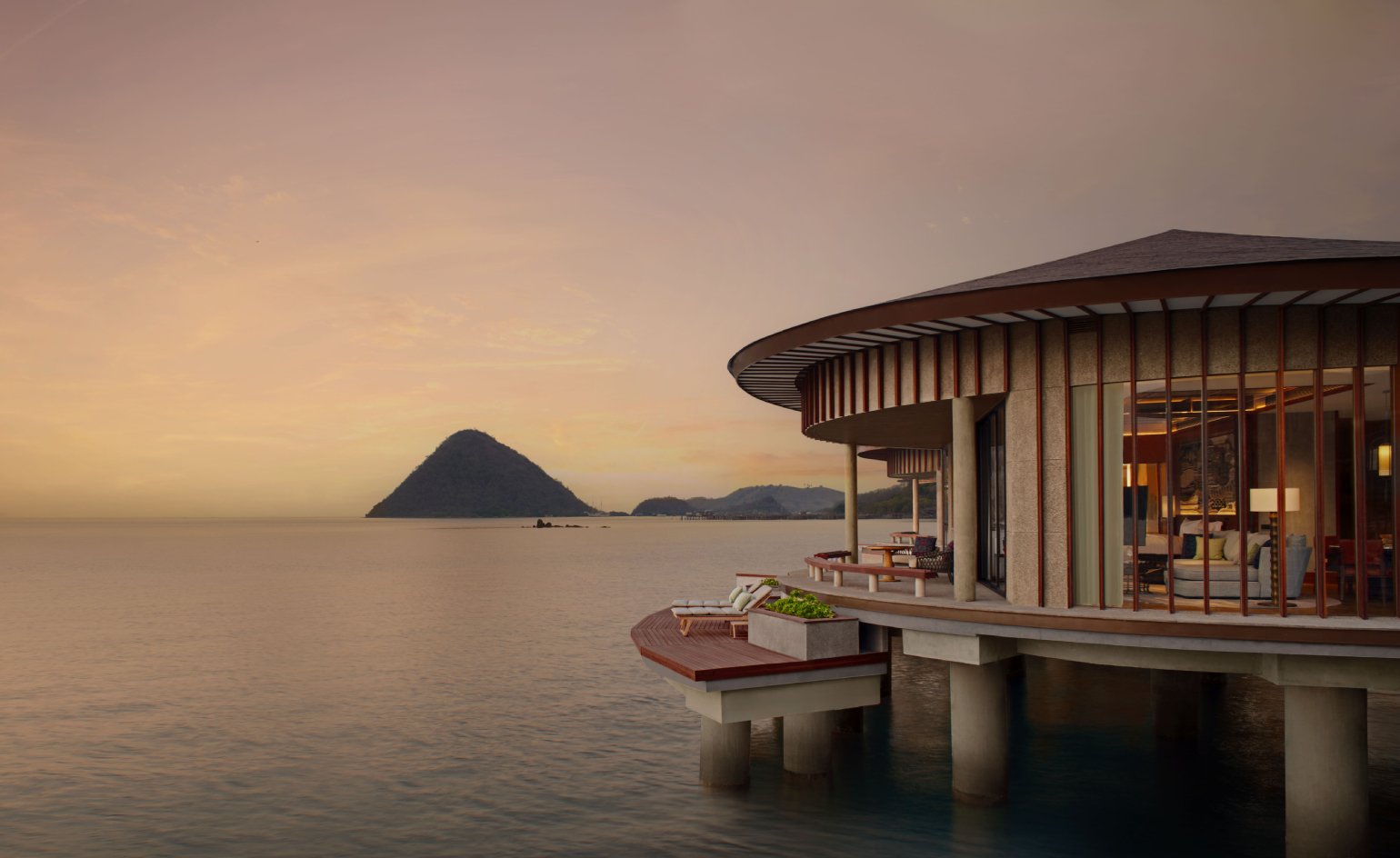 The new hotels you’ll want to stay at in 2025
The new hotels you’ll want to stay at in 2025Where to stay in 2025? Let six of the most-read-about hotel openings of the past 12 months inspire your escape – from a tiny Tokyo bolthole to a Tanzanian safari retreat
By Sofia de la Cruz
-
 2025 getaways: where Wallpaper* editors will be travelling to this year
2025 getaways: where Wallpaper* editors will be travelling to this yearFrom the Japanese art islands of Naoshima and Teshima to the Malaysian tropical paradise of Langkawi, here’s where Wallpaper* editors plan to travel to in 2025
By Sofia de la Cruz
-
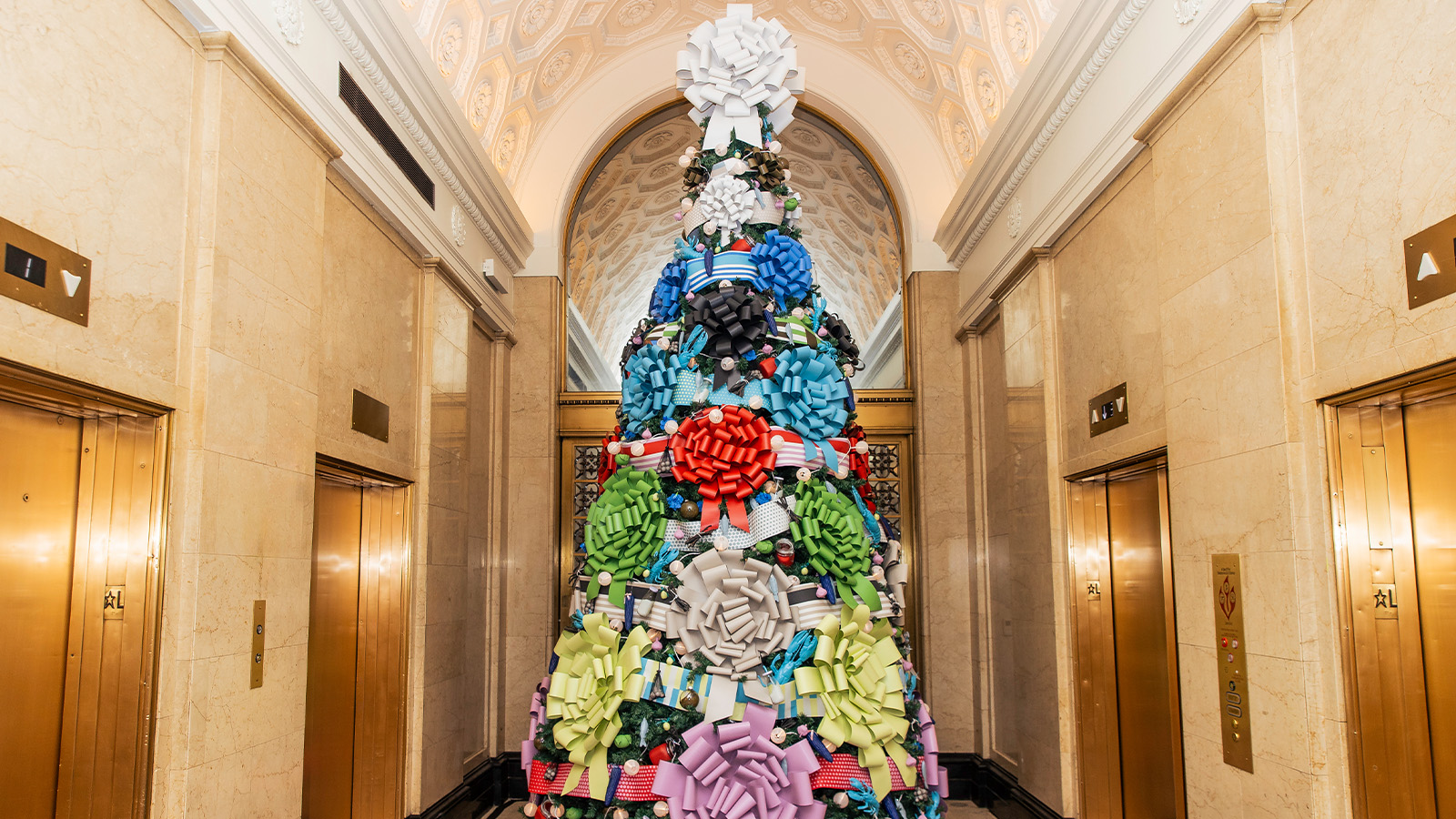 The most whimsical hotel Christmas trees around the world
The most whimsical hotel Christmas trees around the worldWe round up the best hotel Christmas tree collaborations of the year, from an abstract take in Madrid to a heritage-rooted installation in Amsterdam
By Tianna Williams
-
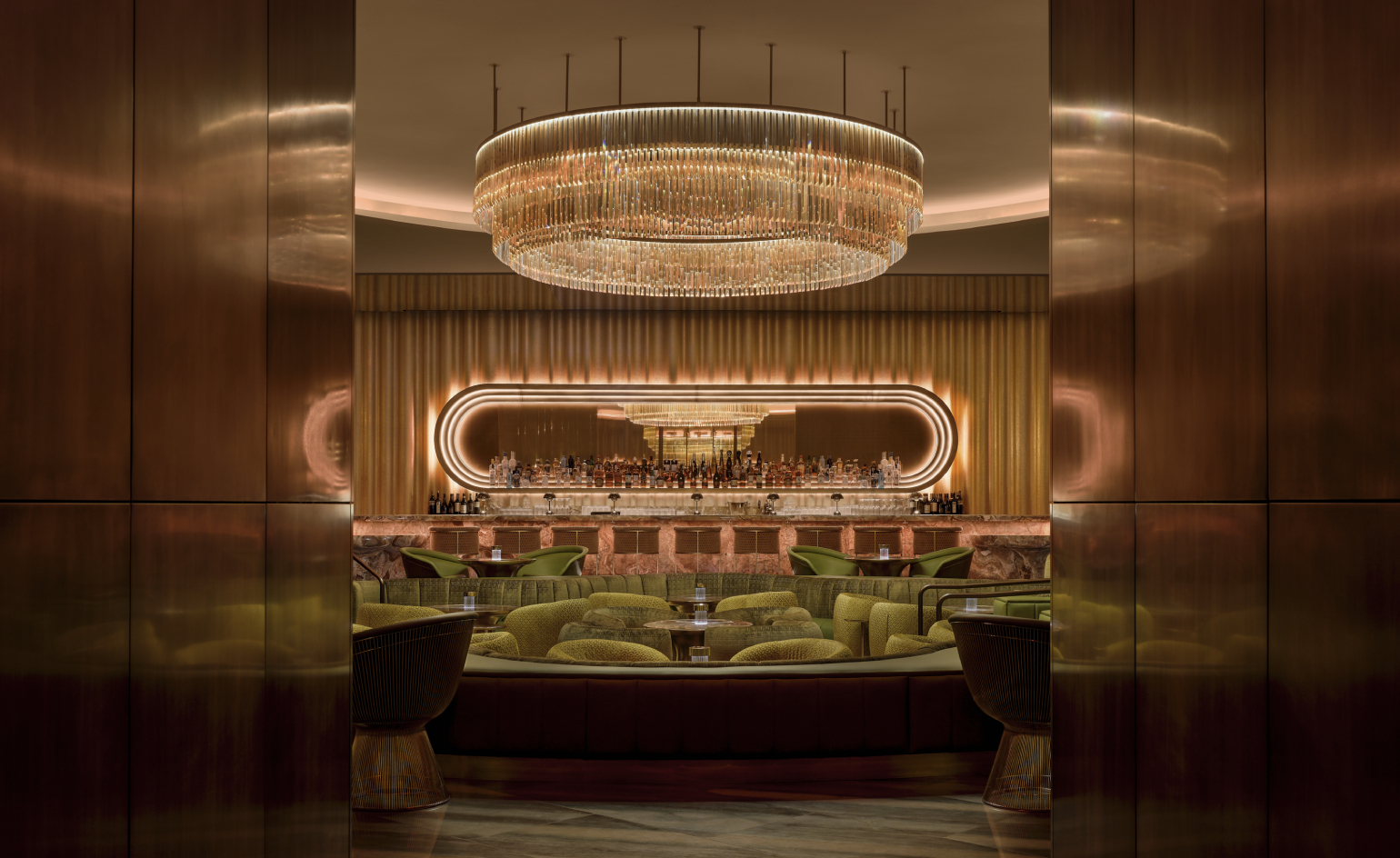 Six brilliant bars for your 2025 celebrations, hot off the Wallpaper* travel desk
Six brilliant bars for your 2025 celebrations, hot off the Wallpaper* travel deskWallpaper’s most-read bar reviews of the year can't be wrong: here’s inspiration for your festive and new year plans, from a swanky Las Vegas lounge to a minimalist London drinking den
By Sofia de la Cruz